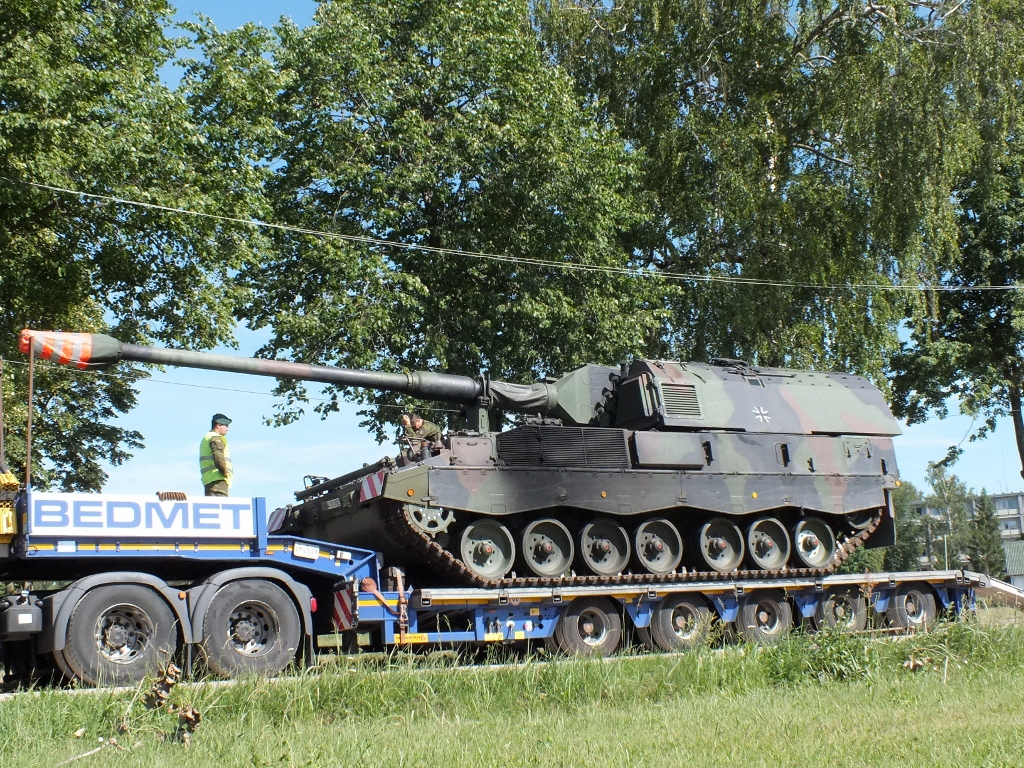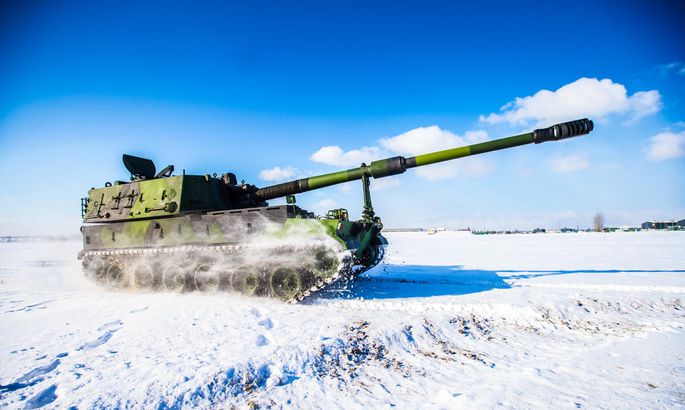Poland and Baltic states explore anti-aircraft shieldThe Baltic states and Poland are in discussions with defence contractors to create a regional anti-aircraft missile shield to protect against Russian aircraft.
Fearful of the build-up of Russian troops on their borders and in the Baltic Sea enclave of Kaliningrad, the four countries believe they must develop capabilities to restrict the Kremlin’s military manoeuvrability and tip the military balance of power in the region back in their favour.
“We are in discussions now with the Estonians, the Latvians and the Poles over how we can create some kind of regional air defence system,” Lithuanian defence minister Juozas Olekas told the Financial Times on Friday. It is hoped the system will be operational within two or three years. The quartet of countries is “evaluating procurement options”, Mr Olekas said.
The speed with which Russian forces could overrun regional military powers, aided by its overwhelming air superiority, will be one of the most pressing issues discussed by Nato at its biennial summit in Warsaw in July.
Nato will announce plans for four new battalions of troops to be permanently deployed to the region at the summit, but hawks in the alliance believe the measures may not be enough to deter Russian action.
“The [battalions] are a strong step forward,” said Mr Olekas “But we need to discuss how we can refine and continue this process.”
Estonia’s defence chief Lieutenant-General Riho Terras told the Financial Times last month that US patriot missiles — or a similar system — were urgently needed to give regional forces a “credible” chance against Russia, and to deter any provocative action by the Kremlin.
The move to acquire anti-aircraft missile systems is part of a broader push by regional powers to increase their air defences.
The Baltic states are also lobbying for Nato to recalibrate its Baltic air policing mission. They want a fully-fledged aerial defence mission, which would require the deployment of dozens of Nato jets.
“We are discussing very actively with SACEUR [Nato’s supreme allied commander] how to create an air defence system over the Baltic states — not only anti aircraft rockets but an air defence mission here, too,” said Lieutenant-General Vytautas Zukas, Lithuanian chief of defence. “This is a big problem right now.”
“We need to count how many aeroplanes we need, how many anti-aircraft rockets and which systems. We need to think about an air-based component, a ground-based component, having more fighters, having new rules of engagement, and command and control.”

Those changes are unlikely to be agreed by Nato allies swiftly. Lt Gen Zukas believes it is part of a process that will unfold over the coming years and would need political sanction from the North Atlantic Council, Nato’s principal political decision-making body.
That may prove difficult. Many within Nato are wavering at the prospect of triggering an escalation in hostilities with Russia, and fear eastern European alliance members are paranoid.
France and Germany, in particular, have pushed in recent alliance meetings for a more conciliatory tone towards the Kremlin. Nato defence ministers are due to meet in Brussels this week to finalise the agenda for the July summit.


















